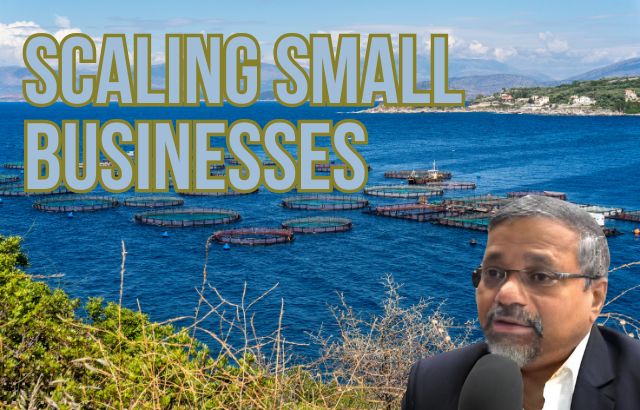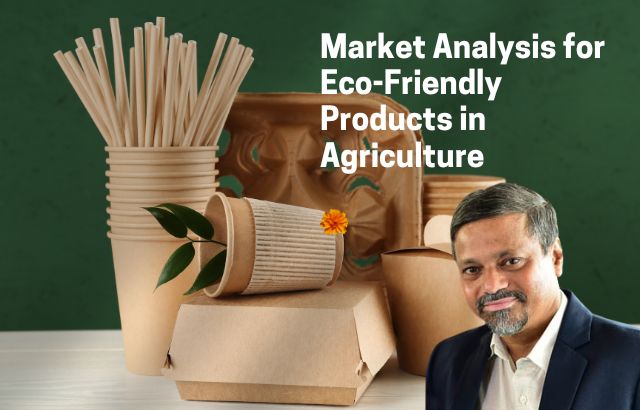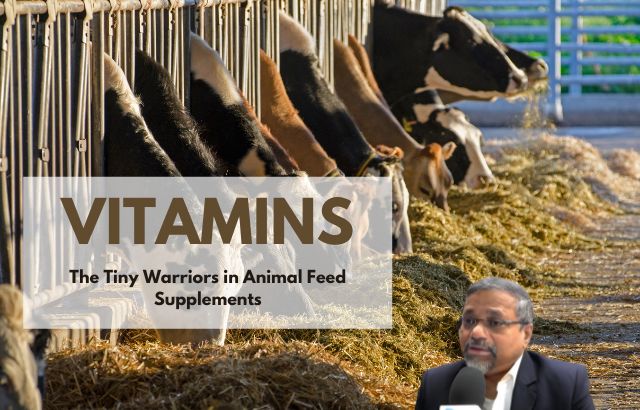Transforming a small business into a thriving enterprise demands strategic vision, innovative solutions, and a commitment to sustainability. By identifying a unique niche, leveraging technology, building a strong brand, and integrating green practices, businesses can achieve sustainable growth. Below, we explore product examples across industries, highlight the role of a Green Innovator, provide strategies for scaling, and include calculations and FAQs to guide entrepreneurs.
Examples of Innovative Products Across Industries
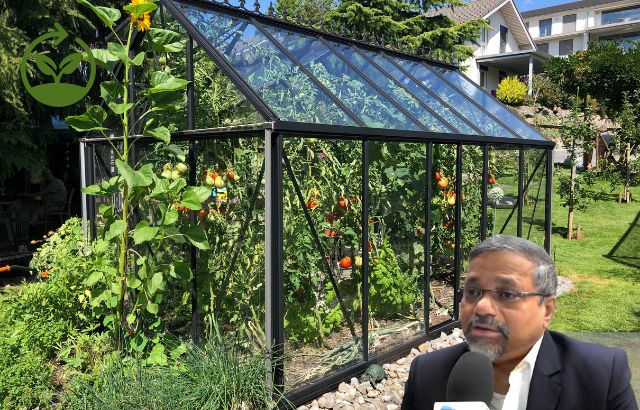
Aquaculture
- Smart Feed Additives: Probiotics like Lactobacillus and yeast-based enzymes enhance fish gut health, improving growth rates by up to 20% (e.g., Aller Aqua’s probiotic feeds).
- IoT Water Quality Systems: Sensors monitor pH, oxygen, and nitrates in real time, reducing water contamination by 30% (e.g., OxyGuard’s Pacific system).
- Disease-Resistant Feeds: Feeds with natural immune boosters like beta-glucans reduce sea lice infestations by 15% (e.g., BioMar’s Focus feeds).
Poultry
- Nutritional Feed Supplements: Methionine-rich blends increase egg production by 10% and meat yield by 8% (e.g., Evonik’s MetAMINO).
- Antibiotic-Free Additives: Probiotics like Bacillus subtilis reduce disease incidence by 25% (e.g., Chr. Hansen’s GalliPro).
- Climate-Control Systems: Automated ventilation systems lower heat stress mortality by 12% (e.g., Big Dutchman’s CL 1200).
Livestock
- Precision Feed Additives: Ionophores like monensin improve cattle feed efficiency by 10% (e.g., Elanco’s Rumensin).
- Smart Monitoring Devices: Wearable sensors track health metrics, reducing veterinary costs by 15% (e.g., Allflex’s SenseHub).
- Organic Manure Solutions: Processed poultry litter fertilizers increase crop yields by 20% (e.g., Kreher’s SustainaGrow).
Pesticide Industry
- Eco-Friendly Insecticides: Biodegradable neem-based sprays reduce environmental residue by 40% compared to azamethiphos (e.g., Bayer’s Neemix).
- Low-Drift Herbicides: Dicamba alternatives like 2,4-D formulations minimize off-target drift by 30% (e.g., Corteva’s Enlist).
- Mycotoxin Binders: Clay-based additives detoxify grains, reducing livestock health issues by 25% (e.g., Alltech’s Mycosorb).
Skincare Industry
- Natural Moisturizers: Seaweed extract creams hydrate skin 30% better than synthetic alternatives (e.g., La Mer’s Crème de la Mer).
- Anti-Aging Serums: Marine collagen serums improve skin elasticity by 15% (e.g., SkinCeuticals’ Metacell Renewal).
- Organic Sunscreens: Zinc oxide-based lotions provide 98% UV protection with minimal reef impact (e.g., Badger’s SPF 30).
Hair Industry
- Strengthening Shampoos: Keratin and quinoa protein formulas reduce hair breakage by 20% (e.g., OGX’s Renewing Shampoo).
- Scalp Treatments: Argan oil and seaweed-based oils decrease dandruff by 25% (e.g., Moroccanoil’s Scalp Treatment).
- Color-Protecting Conditioners: Antioxidant-rich conditioners extend dye vibrancy by 30% (e.g., Redken’s Color Extend Magnetics).
Strategies to Scale Your Small Business

- Identify Your Niche: Focus on a unique value proposition, such as organic aquaculture feeds or eco-friendly skincare, to differentiate from competitors.
- Leverage Technology: Use IoT for real-time monitoring in agriculture or e-commerce platforms to expand market reach.
- Build a Strong Brand: Invest in consistent branding and storytelling to build customer loyalty (e.g., Patagonia’s eco-conscious branding).
- Expand Markets: Enter new regions or demographics, like exporting organic poultry products to health-conscious markets in Europe.
- Secure Funding: Pitch to green investors or crowdfunding platforms to fuel expansion (e.g., Kickstarter for sustainable startups).
- Invest in Talent: Hire specialists in sustainability and technology to drive innovation.
- Refine Processes: Automate production or supply chains to cut costs by 15-20% (e.g., using ERP systems like SAP).
- Stay Agile: Monitor trends like plant-based diets or clean beauty to adapt offerings quickly.
- Incorporate Sustainability: Adopt eco-friendly practices to attract 70% of consumers who prefer sustainable brands (e.g., biodegradable packaging).
Role of a Green Innovator
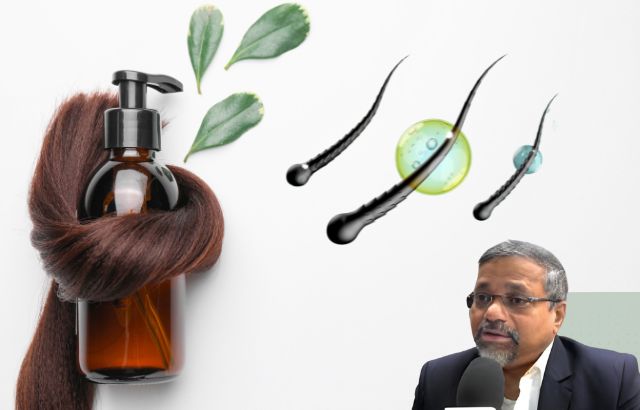
A Green Innovator integrates sustainability into business operations, driving environmental and economic benefits. Their responsibilities include:
- Developing Eco-Friendly Products: Designing biodegradable insecticides or energy-efficient equipment (e.g., neem-based sprays or solar-powered ventilation systems).
- Implementing Sustainable Processes: Reducing waste by 25% through circular production methods (e.g., recycling poultry litter into fertilizer).
- Engaging Stakeholders: Collaborating with suppliers to source sustainable materials, cutting carbon footprints by 15%.
- Educating Teams: Training staff on green practices to improve efficiency and compliance with environmental regulations.
- Attracting Investment: Pitching to eco-conscious investors to secure funding for sustainable innovations (e.g., green bonds for aquaculture tech).
Example: Jaiguru Kadam, an Agriculture Green Innovator, developed a probiotic feed additive for aquaculture that reduced antibiotic use by 30%, attracting $500,000 in green investment for scaling production.
Calculations by Jaiguru Kadam

Cost-Benefit Analysis of Probiotic Feed Additives
- Investment: $100,000 for R&D and production setup.
- Annual Savings: Reduced antibiotic costs ($20,000/year) + improved fish yield (10% increase, $30,000/year) = $50,000/year.
- Break-Even Point: $100,000 ÷ $50,000/year = 2 years.
- ROI after 5 Years: ($50,000 × 5) – $100,000 = $150,000 (150% ROI).
Carbon Footprint Reduction
- Traditional Feed: 500 kg CO2/ton of fish produced.
- Probiotic Feed: Reduces antibiotic use, lowering emissions by 15% (425 kg CO2/ton).
- Annual Impact: For 1,000 tons of fish, savings = (500 – 425) × 1,000 = 75,000 kg CO2/year.
Market Expansion Potential
- Current Market: 500 tons of fish feed sold annually at $1,000/ton = $500,000 revenue.
- Green Market Premium: Eco-conscious buyers pay 10% more ($1,100/ton).
- New Revenue: 500 tons × $1,100 = $550,000 (+$50,000/year).
Intriguing Statistics
- Sustainability Demand: 73% of global consumers prefer brands with sustainable practices (Nielsen, 2024).
- Green Investment Growth: Green tech investments in agriculture grew 40% from 2020-2024, reaching $10 billion annually (AgFunder, 2024).
- Aquaculture Impact: Sustainable feeds reduce water pollution by 25% compared to traditional feeds (FAO, 2023).
- Skincare Trends: 60% of skincare buyers prioritize natural ingredients, boosting organic product sales by 15% yearly (Mintel, 2024).
- Poultry Efficiency: Smart ventilation systems cut energy costs by 20% in poultry farms (Poultry Science Journal, 2023).
FAQs

Q: How can a small business start incorporating sustainability?
A: Begin with small steps like using biodegradable packaging or energy-efficient equipment. Conduct a sustainability audit to identify high-impact areas.
Q: What funding options are available for green initiatives?
A: Explore green bonds, crowdfunding (e.g., Kickstarter), or grants from organizations like the USDA or EU’s Green Deal.
Q: How does technology help scale a small business?
A: IoT devices optimize operations (e.g., real-time livestock monitoring), while e-commerce platforms expand market reach by 30-50%.
Q: What are the risks of ignoring sustainability?
A: Businesses risk losing 70% of eco-conscious consumers and facing stricter regulations, increasing costs by 10-20%.
Q: How can a Green Innovator measure impact?
A: Track metrics like carbon footprint reduction (kg CO2), cost savings from green practices, and customer retention rates.

